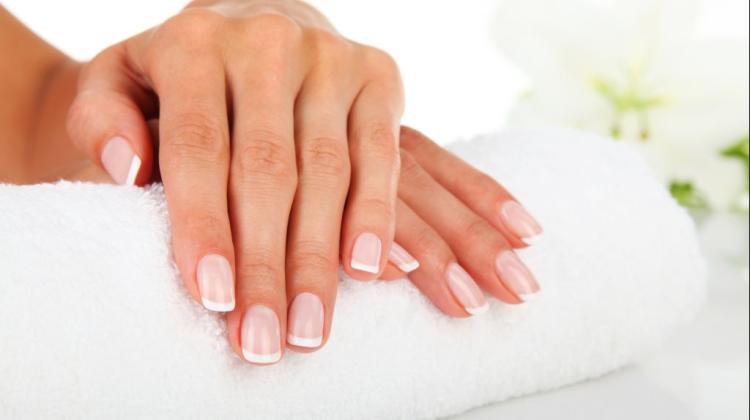Polish idea a great opportunity for the light cure varnishes market
 Photo: Fotolia / Tomasz Papuga
Photo: Fotolia / Tomasz Papuga
A substance that has the potential to revolutionize the production of light cure paints, varnishes and adhesives, has been developed by a researcher from Cracow University of Technology. Her solution will make paint and coatings used in food packaging, printing and furniture production dry faster and cost less.
Light curing nail polish is nothing new for frequenters of manicure salons. Nails are placed under UV lamp. After a few minutes the polish dries. It is not only very hard - lasting several times longer than traditional nail polish - but also smooth to the touch and shiny. The cosmetics industry is not the only place where light curable coatings are more and more common. Paints, varnishes and adhesives of this type are also used in the automotive industry, printing, production of packaging for food and furniture industry.
LIGHT POLYMERS
Joanna Ortyl from the Faculty of Chemical Engineering and Technology, Cracow University of Technology has an idea how to increase the efficiency of light-curing coatings and how to make the process cheaper. She has developed a new production method of so-called photoinitiators added to the light-curing paints and varnishes (they account for 5 percent weight of such coatings). Initiators are chemical compounds which decay under the influence of UV light, and bind with the components of liquid paint, making the monomers in paint combine in long, stable and durable chains - polymers. This makes the originally liquid materials harden quickly.
SAVINGS ARE POSSIBLE
According to Dr. Ortyl, previously used photoinitiators were not very effective. "90 percent energy of UV light which they received was wasted" - she said. Due to this, the curing process unnecessarily required a lot of energy for lighting, and it took longer than necessary. Meanwhile - the researcher claims - her photoinitiators are more efficient. They absorb several times more light because they use wider range of light.
Dr. Ortyl told PAP that her solution is the only photoinitiator, which will work even when illuminated by cheap, energy-saving LED UV lamp. And to initiate a conventional photoinitiator, an energy intensive UV lamp emitting light with different properties was needed. For manufacturers of paints and varnishes the possibility of using LED lamps in the curing process would certainly mean considerable savings.
BREAKFAST PHOTOINITIATORS
Dr. Ortyl explained that light-curing paints and varnishes have many advantages in comparison with conventional paints. She explained that conventional varnishes cure when exposed to heat. It makes solvents evaporate from the paint, and without it the paint dries. In light-curable varnishes, curing mechanism is different - solvents are not released into the atmosphere. In addition, the process is much faster, and the coating has better properties than conventional paints.
The researcher added that light-curable paints can be used in food packaging - they are commonly used, for example, for printing on meat packaging. Ortyl noted that her solution will also be safe in contact with food. "Food products in packaging with our photoinitiators could be available in stores in the near future" - the scientist hopes.
According to Dr. Ortyl, her compounds - that can have the form of white powder - can be added to today’s bases for light-curing paints and varnishes. It will not be necessary to develop new recipes for the production of paints and varnishes.
FRUITFUL COMMERCIALIZATION
The researcher has developed the solution while working on her doctorate. Dr. Ortyl did not want her idea to be shelved. To commercialise her invention, the chemist started the company Photo HiTech. 44 percent shares in the company belonged to the Poznan Science and Technology Park. At the end of February, the Poznan Science and Technology Park shares were acquired by listed company Synthos, one of the largest manufacturers of chemical raw materials in Poland. "So far we produced chemical compounds on a small scale. A large partner will help us meet the great demand of the market" - said Dr. Ortyl and added that the product was prepared for the European markets.
PAP - Science and Scholarship in Poland, Ludwika Tomala
lt/ ula/ mrt/
tr. RL
Przed dodaniem komentarza prosimy o zapoznanie z Regulaminem forum serwisu Nauka w Polsce.

















